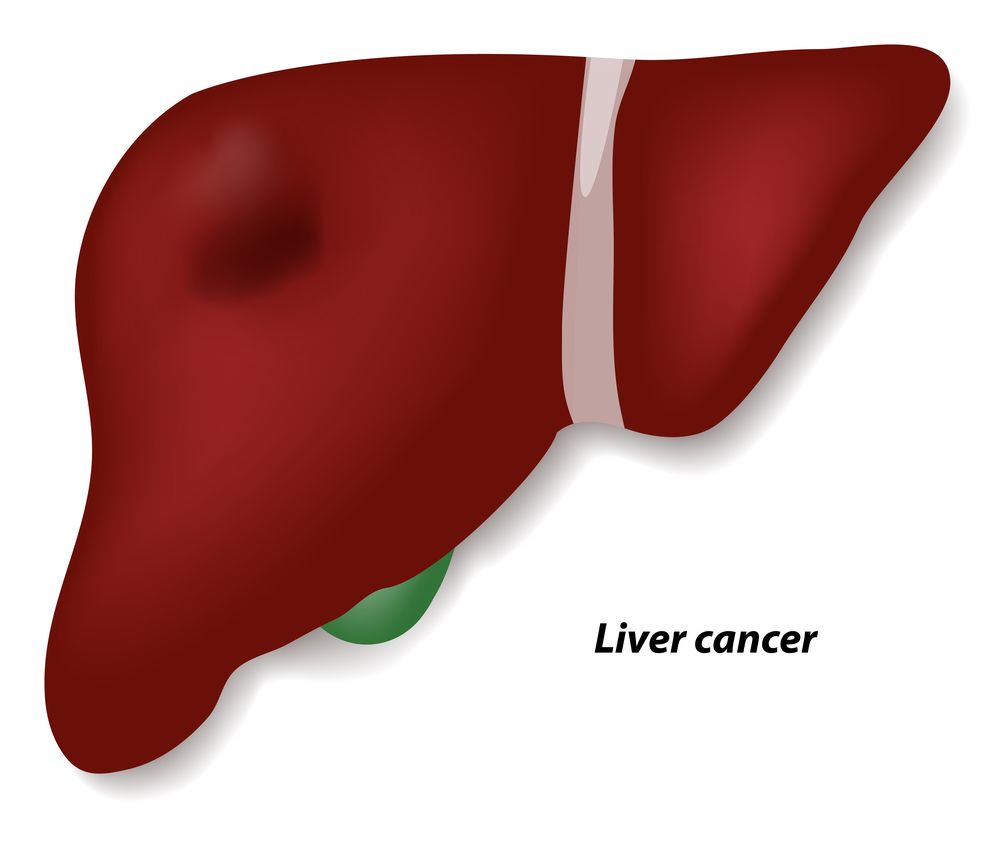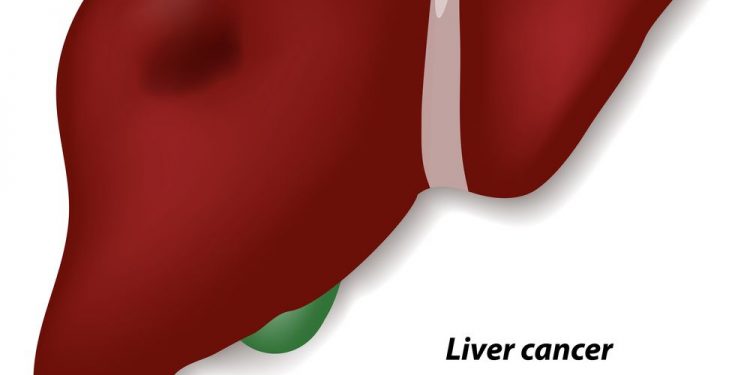Hepatoblastoma is a rare tumor that grows in the liver, usually during the first 18 months of life (infants to about 5 years old). It is more common in white children and boys than in girls. It is also more common in babies who were born very prematurely with low birth weights. Several genetic conditions and other medical conditions can increase the risk of developing hepatoblastoma.
Hepatitis B infection, biliary atresia, and hemihyperplasia are some of the medical conditions that put children at higher risk for hepatoblastoma. Other hepatoblastoma risk factors include inherited diseases that affect the genes that control the development of cancer cells, such as familial adenomatous polyposis and Beckwith-Wiedemann syndrome.
Treatment for hepatoblastoma depends on its stage. Early-stage disease is when the tumor is small and can be removed through surgery. Later-stage disease is when the tumor has grown into or affected vital tissues in the liver or has spread to lymph nodes that drain from the liver.
In many cases, hepatoblastoma can be cured when it is diagnosed and treated early. Surgical removal of smaller tumors that are discovered and treated before they can grow larger, or spread to other parts of the liver or other parts of the body, has been shown to be very effective in treating this cancer.

Radiation therapy, which uses a machine outside the body to send radiation toward the area of the cancer, is also used. It may be used alone or with chemotherapy, depending on the type of hepatoblastoma and the stage at diagnosis.
Chemotherapy is a group of drugs that kills cancer cells and shrinks tumors. It can be given by mouth or in a vein. It is often given in a series of treatments called cycles.
Blood tests and X-rays are used to diagnose and find out whether the cancer has spread to other parts of the body. They may also be used to see if the cancer has spread to the bloodstream, where it can cause problems if it is not treated.
Abdominal ultrasound exams and blood test for a specific protein, alpha-fetoprotein, are also used to diagnose hepatoblastoma. These tests help doctors decide if the child has hepatoblastoma.
Liver transplantation is also sometimes used to treat hepatoblastoma, especially if the tumor cannot be removed by surgery or has spread to other parts of the body. However, some types of hepatoblastoma can have a hard time surviving after liver transplantation, so it is important to consider the type of hepatoblastoma before choosing this treatment option.
Radioembolization is another type of internal radiation therapy used to treat hepatoblastoma. A very small amount of a radioactive substance is attached to tiny beads that are injected into the hepatic artery through a thin tube called a catheter. This blocks the blood flow to the tumor, cutting off blood supply to the cancer.
A biopsy is another kind of test that a doctor can do to check for cancer cells in the tumor. A tiny piece of the tumor is taken and examined under a microscope. A special dye can also be used to find out what kind of cancer cells are present.









